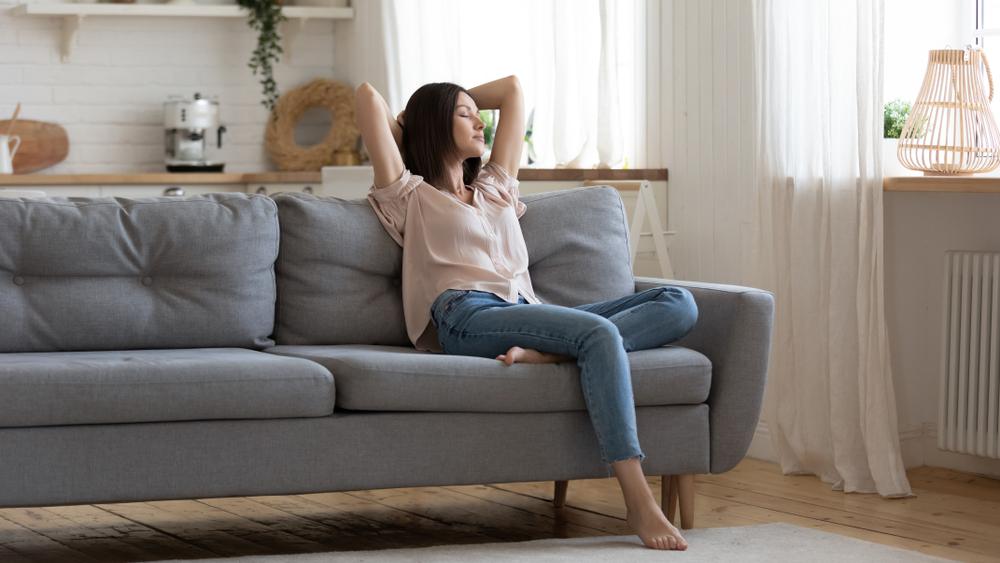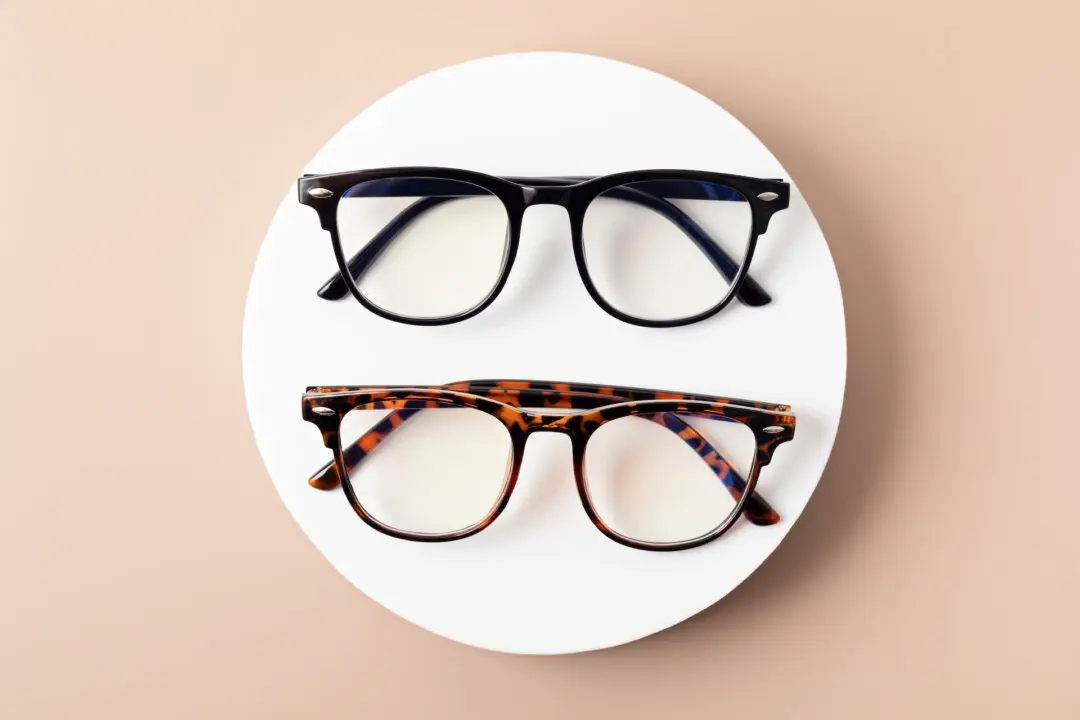What would we do if we actually had to use everything we own, including all that stuff in the drawers, cupboards, closets, shelves, and boxes in our kitchen, bedrooms, living room, basement, attic, garage, rafters, driveway, patio, side yard, and cars?
Could we do it? It’s not likely. Instead, we pack it, stack it, and pile it away—we even pay rent to store it—and keep accumulating even more. More stuff dilutes the quality of our lives.





